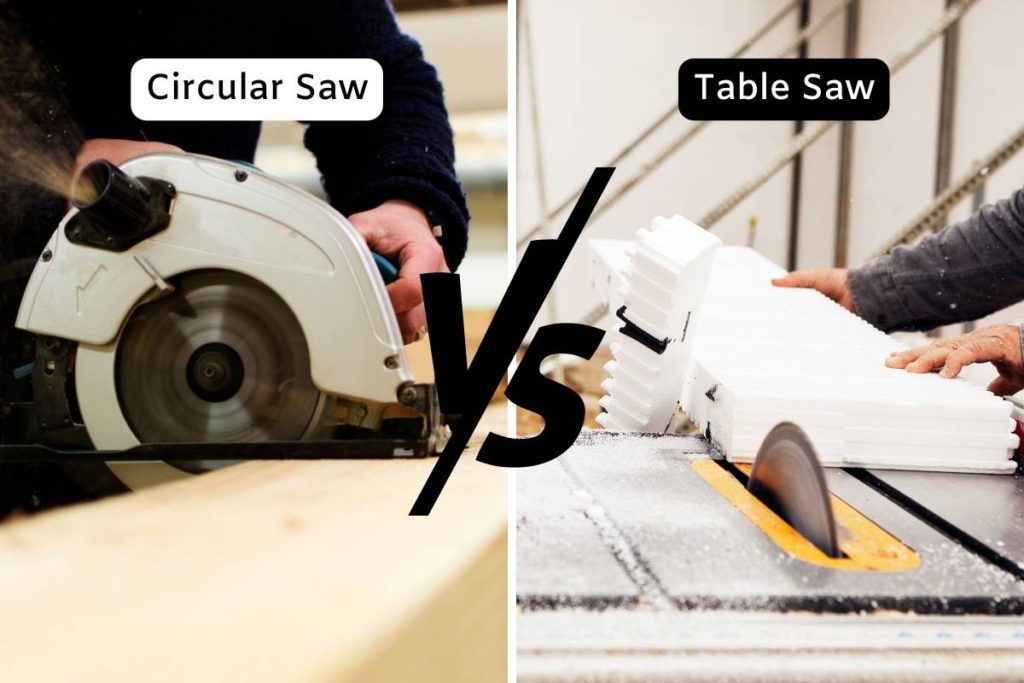With all the different welding processes around today, it can be overwhelming just choosing one to get started with. To make it easier for you, instead of looking at all the various methods of welding, we will be examining just two similar but distinct arc welding processes, and the situations they are best suited to.
Before getting into comparisons, it is best to firstly explain what arc welding is. Arc welding is a welding process using an electric arc to heat metals enough to melt and bind to each other. The process requires a welding power supply (which can be provided by a portable generator) to create the electric arc between consumable or non-consumable electrodes and the base metal. Both GMAW and FCAW use a consumable electrode.
GMAW
GMAW is the acronym for Gas Metal Arc Welding. Also known as MIG or Metal Inert Gas welding, this technique involves feeding a small-diameter wire through the contact tip while using an inert gas fed through the welding torch, to shield the weld from atmospheric contamination. While it is a manual process, it is sometimes referred to as semi-automatic welding due to the continuously fed wire.
Originally developed in the 1940s for welding non-ferrous metals, it soon came to also be used for steel. It is commonly used in the automotive industry on account of its versatility and speedy, high-quality yield.
Pros
- Good for thin metals and thick joints – can be used for all metals and alloys
- Easiest welding process to learn and more forgiving to the novice – imperfections are not as glaring as with FCAW
- Can be used in all weld positions
- Lack of slag means minimal clean-up afterwards
Cons
- Not appropriate for use outside or in gusty conditions
- Less portable than FCAW due to shield gas
- Requires exceptionally clean base metals
- Higher initial setup cost
FCAW
FCAW stands for Flux Core Arc Welding. This newer welding process is in fact a variation of GMAW, and was developed in the 1950s as an alternative to shielded metal arc welding (SMAW) – but that’s a comparison for another post.
Flux core welders use the same wire machine as GMAW or MIG welders, however unlike the solid wire used in GMAW, FCAW uses a hollow wire containing flux powder. The use of flux powder means that gas is not needed to shield the base metals from contamination, however, it consequently produces a slag coating on the weld bead that must be removed.
Pros
- No shielding gas required, making it appropriate for outdoor use
- Versatile and portable
- Great for joining thicker metals
- Requires less pre-cleaning due to its greater resistance to base metal contamination
Cons
- Limited to ferrous metals and nickel-based alloys
- Produces slag coating which must be removed
- Requires more precision as imperfections are more notable in this process
- Generally creates more smoke than GMAW
To conclude, when choosing your welder, ask yourself whether you will be welding indoors or out, and what the thickness range of your metals will be. The consensus is that GMAW/MIG is best suited to beginners and those working with thinner metals, but if you know that you will mostly be welding outdoors and working with thicker metals, opt for FCAW.










